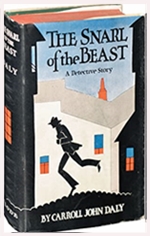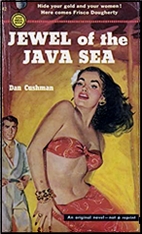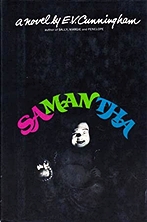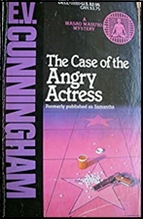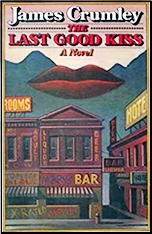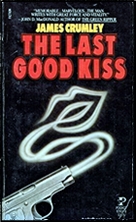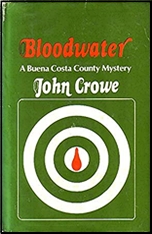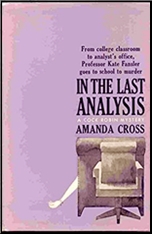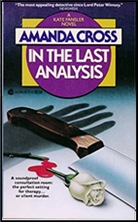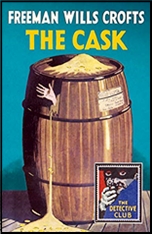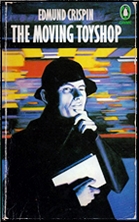Tue 5 Apr 2022
A 1001 Midnights Review: ELIZABETH DALY – The Book of the Crime.Â
Posted by Steve under 1001 Midnights , Reviews[5] Comments
by Ellen Nehr & Bill Pronzini
ELIZABETH DALY – The Book of the Crime. Henry Gamadge #16. Rinehart & Co., hardcover, 1951. Berkley F-959, paperback, date? Bantam, paperback, 1983. Felony & Mayhem, trade paperback, 2016.
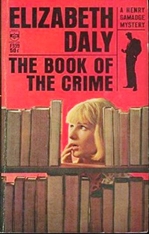
Elizabeth Daly was sixty-two years old when she published her first novel, Unexpected Night, in 1940. She wrote sixteen more over the next dozen years, all but one of them featuring a low-key, informal (and somewhat improbable) amateur sleuth named Henry Gamadge; The Book of the Crime is the last of her novels, although she lived another sixteen years after it was published.
Daly’s mysteries are fair-play whodunits concerned with murder among the upper classes, and therefore very much in the British Golden Age tradition: in fact, Agatha Christie once said that Daly was her favorite American detective-story writer.
Many of her books have integral bibliographic elements; Gamadge is at his best in these, owing to his position as an author and consulting expert on old books, manuscripts, and disputed documents. A man “so well bred as to make Lord Peter Wimsey seem a trifle coarse” (Anthony Boucher), Gamadge works out of his fashionable home in New York’s East Sixties, which he shares with his wife Clara; his young son; an assistant named Harold; and a cat named Martin that prefers petting to being petted.
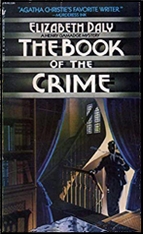
In The Book of the Crime, Gamadge undertakes to help young Rena Austen, the bride of an odd, secretive war veteran. For a year she has been living-unhappily with her husband, Gray, and his relatives in a musty old New York house he inherited; and for almost that long she has known that she “made a fearful mistake.”
That mistake turned to real fear when Gray caught her looking at two apparently harmless old books in a little-used sitting room and, in a reaction both violent and inexplicable, grabbed the books and locked her inside the room. Rena managed to escape and, with the help of a young man named Ordway, ran off to the Gamadge household, where she has been protectively installed in the guise of the family nursemaid.
To find out the truth behind her husband’s strange actions, Gamadge investigates Gray and his relatives-and soon finds himself enmeshed in a tangled web of murder and larceny on a grand scale . The identity of the two old books plays an important part in the solution to the mystery, as do Gamadge’s many New York connections, both social and official. Along the way there is much bookish talk, homey scenes with the Gamadges, and a new romance for Rena.
Like all of Daly’s novels, this is a sedate, erudite puzzle that should please fans of Christie and fans of bibliomysteries alike.
———
Reprinted with permission from 1001 Midnights, edited by Bill Pronzini & Marcia Muller and published by The Battered Silicon Dispatch Box, 2007. Copyright © 1986, 2007 by the Pronzini-Muller Family Trust.
